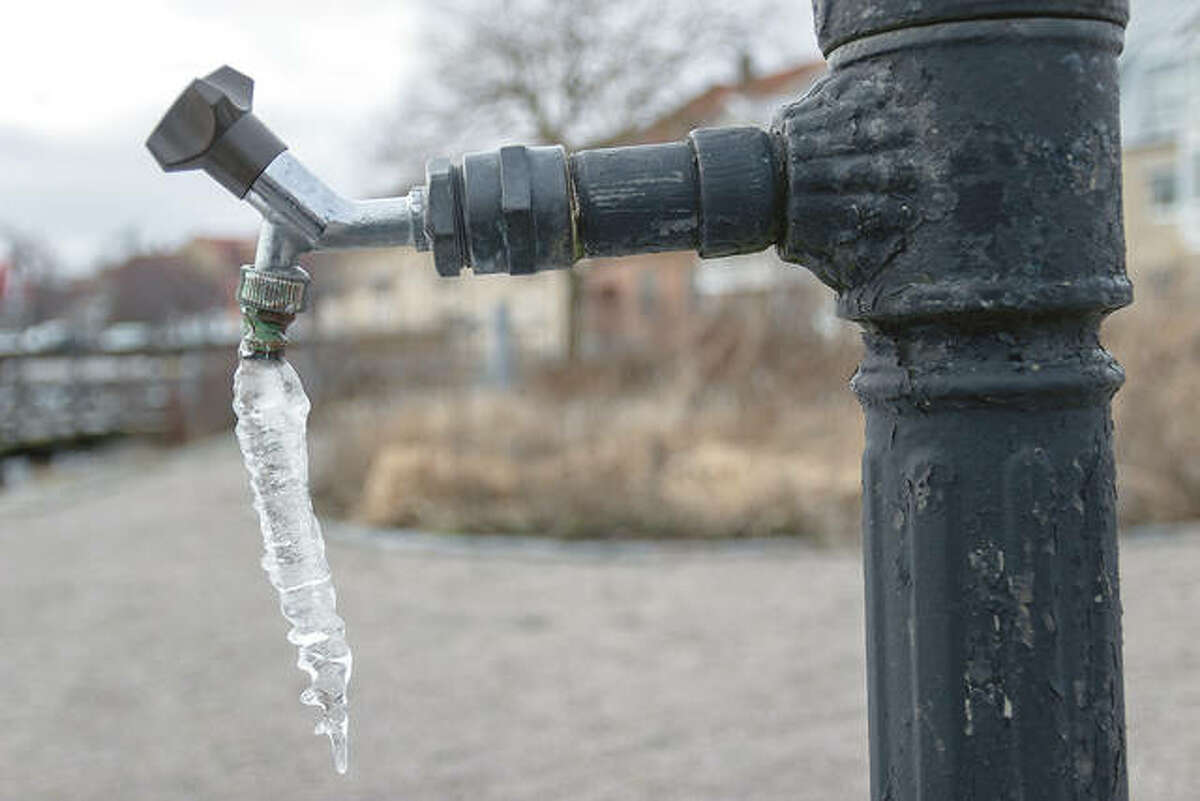Protecting Against Frozen Plumbing in Winter: Key Tips
Protecting Against Frozen Plumbing in Winter: Key Tips
Blog Article
The publisher is making a few good pointers on Prevent Frozen Pipes in general in this post down below.

Winter can ruin your pipes, particularly by freezing pipelines. Here's just how to prevent it from taking place and what to do if it does.
Intro
As temperature levels decrease, the danger of icy pipelines boosts, potentially bring about costly fixings and water damage. Recognizing how to avoid icy pipelines is vital for home owners in chilly climates.
Avoidance Tips
Shielding prone pipes
Cover pipes in insulation sleeves or make use of warm tape to protect them from freezing temperature levels. Concentrate on pipes in unheated or outside areas of the home.
Home heating techniques
Maintain indoor areas properly warmed, especially locations with pipes. Open cupboard doors to permit warm air to flow around pipes under sinks.
Exactly how to recognize frozen pipes
Try to find lowered water flow from taps, uncommon smells or noises from pipes, and noticeable frost on revealed pipelines.
Long-Term Solutions
Architectural adjustments
Think about rerouting pipes away from exterior walls or unheated areas. Add additional insulation to attic rooms, cellars, and crawl spaces.
Updating insulation
Purchase top notch insulation for pipes, attic rooms, and walls. Appropriate insulation assists preserve regular temperature levels and reduces the risk of frozen pipes.
Protecting Outdoor Plumbing
Yard hoses and outside faucets
Separate and drain pipes yard pipes before winter. Set up frost-proof spigots or cover exterior faucets with protected caps.
Understanding Icy Pipes
What triggers pipes to ice up?
Pipelines ice up when exposed to temperature levels below 32 ° F (0 ° C) for expanded periods. As water inside the pipes ices up, it increases, taxing the pipeline walls and potentially creating them to break.
Threats and problems
Icy pipelines can lead to supply of water interruptions, property damages, and pricey fixings. Ruptured pipes can flood homes and create comprehensive structural damages.
Indicators of Frozen Water Lines
Determining frozen pipelines early can stop them from rupturing.
What to Do If Your Pipelines Freeze
Immediate activities to take
If you believe icy pipes, maintain taps available to soothe pressure as the ice thaws. Make use of a hairdryer or towels soaked in hot water to thaw pipes gradually.
Final thought
Preventing icy pipelines needs positive steps and fast responses. By understanding the causes, signs, and safety nets, house owners can secure their plumbing throughout cold weather.
5 Ways to Prevent Frozen Pipes
Drain Outdoor Faucets and Disconnect Hoses
First, close the shut-off valve that controls the flow of water in the pipe to your outdoor faucet. Then, head outside to disconnect and drain your hose and open the outdoor faucet to allow the water to completely drain out of the line. Turn off the faucet when done. Finally, head back to the shut-off valve and drain the remaining water inside the pipe into a bucket or container. Additionally, if you have a home irrigation system, you should consider hiring an expert to clear the system of water each year.
Insulate Pipes
One of the best and most cost-effective methods for preventing frozen water pipes is to wrap your pipes with insulation. This is especially important for areas in your home that aren’t exposed to heat, such as an attic. We suggest using foam sleeves, which can typically be found at your local hardware store.
Keep Heat Running at 65
Your pipes are located inside your walls, and the temperature there is much colder than the rest of the house. To prevent your pipes from freezing, The Insurance Information Institute suggests that you keep your home heated to at least 65 degrees, even when traveling. You may want to invest in smart devices that can keep an eye on the temperature in your home while you’re away.
Leave Water Dripping
Moving water — even a small trickle — can prevent ice from forming inside your pipes. When freezing temps are imminent, start a drip of water from all faucets that serve exposed pipes. Leaving a few faucets running will also help relieve pressure inside the pipes and help prevent a rupture if the water inside freezes.
Open Cupboard Doors
Warm your kitchen and bathroom pipes by opening cupboards and vanities. You should also leave your interior doors ajar to help warm air circulate evenly throughout your home.

As an enthusiastic person who reads on How to prepare your home plumbing for winter weather, I think sharing that segment was worthwhile. Sharing is caring. You just don't know, you may just be helping someone out. Bless you for your time. Don't forget to check up our website back soon.
Get A Free Estimate Report this page